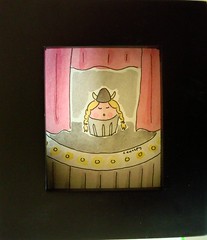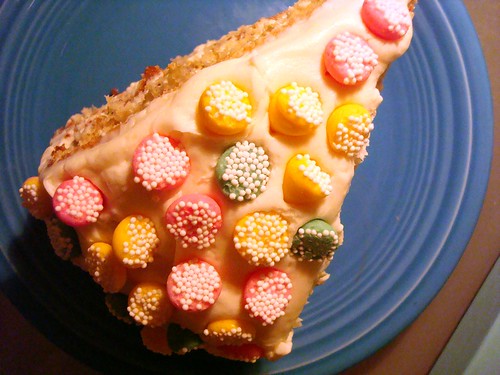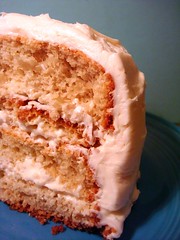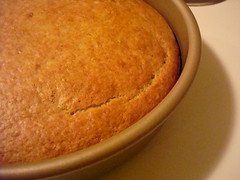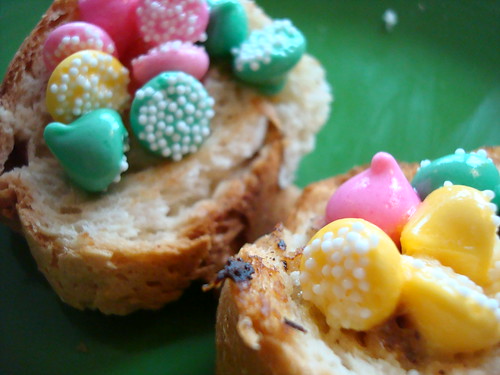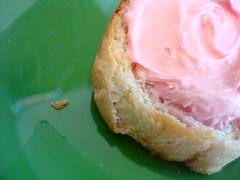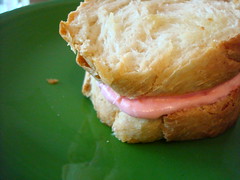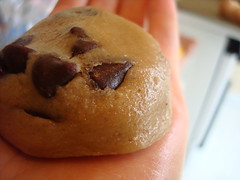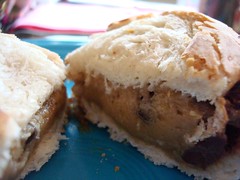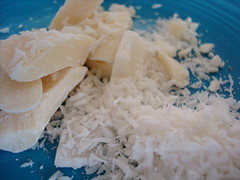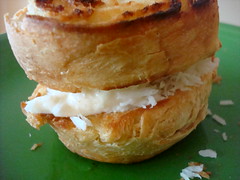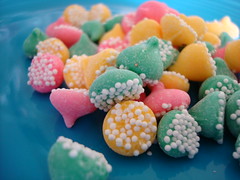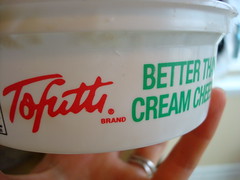
Until this month, eating an éclair was a matter of walking down to Le Panier and grabbing one of the delectable confections. But all of this changed with our most recent Daring Bakers Challenge (suggested by Meeta and Tony) which was to make Pierre Hermé’s éclairs. Now, admittedly we haven't made éclairs before but this recipe seemed like rather a quirky one (check it out here).
But like we always do, during all of those between-steps moments we had to do something to keep ourselves from eating the unfinished masterpieces, so we turned to discover a bit more about the sweet treat. Here's what we discovered, along with our little helper above (who we like to call Pierre Eclair):
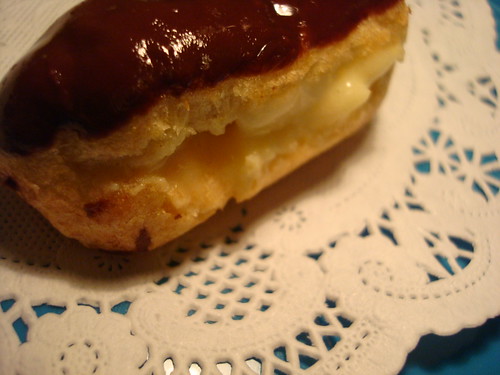
What is an éclair? To those who may have grown up eating the version peddled at Dunkin' Donuts, you've been living a lie. That is what would technically be referred to as a "long john"--basically a doughnut dressed up like an éclair. Not that we'd turn our nose if offered a box of them.
Likewise those of you who have sampled the "eclair" by Cadbury and Co. are also not eating the French pastry--these confections are a caramel coating around a chocolate center.
"long, thin pastry made with choux pastry filled with a cream and topped with icing.
The dough, which is the same as that used for profiterole, is piped into an oblong shape with a pastry bag and baked until it is crisp and hollow inside. Once cool, the pastry then is filled with...pastry cream (crème pâtissière), custard or whipped cream, and topped with fondant icing."
Of course, if that seems a bit long, this definition for the éclair seems rather succinct: according to the Chambers English Dictionary, an éclair is “a cake, long in shape but short in duration.”
Where do they come from? Like a sweet mirage, the eclair's origins are hazy. According to foodtimeline.org, "The food history encyclopedias (including the Larousse Gastronomique) and reference books all describe eclairs but provide little if any details regarding their origin. This probably means the eclair is a product of food evolution. There is some conjecture that perhaps Antonin Carême (1784-1833), a famous pastry chef for French royalty might have created something akin to éclairs."
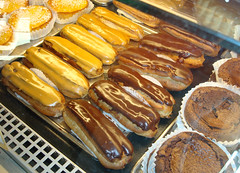
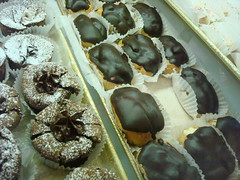
But wherever they may have come from, they caught on fast. They'd jumped the pond by 1884, garnering a writeup and recipe in the Boston Cooking School Cook Book. You can find the original American recipe here.

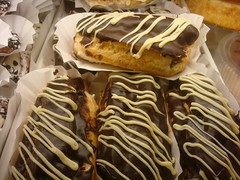
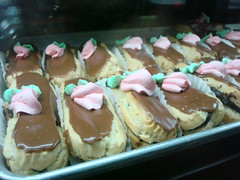
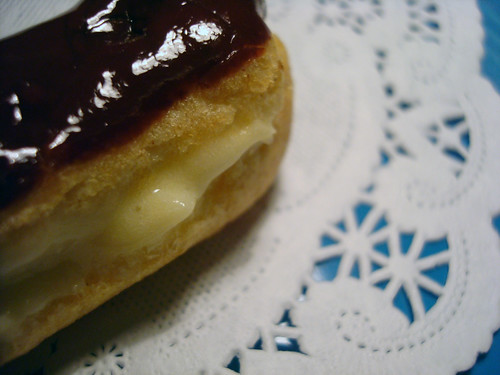

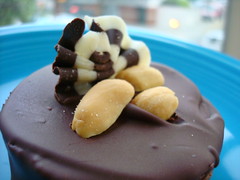
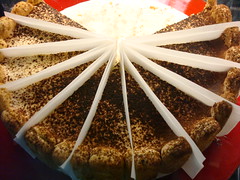

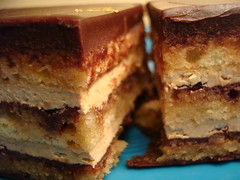


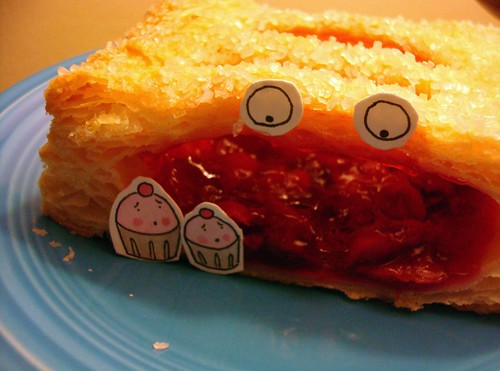
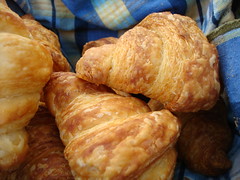
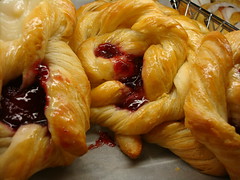

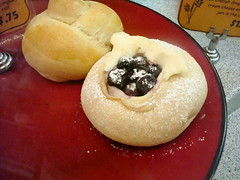
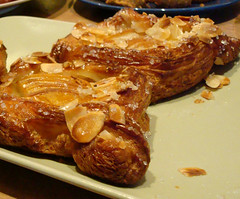
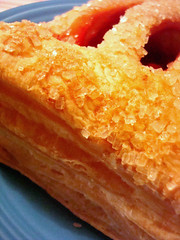
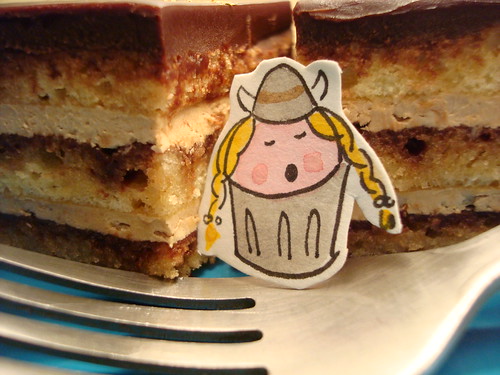
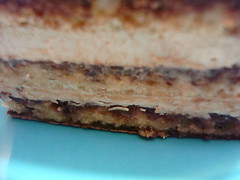

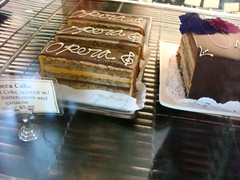 In Portland, OR, one of our spies fell en amour with the Opera Cake at
In Portland, OR, one of our spies fell en amour with the Opera Cake at 